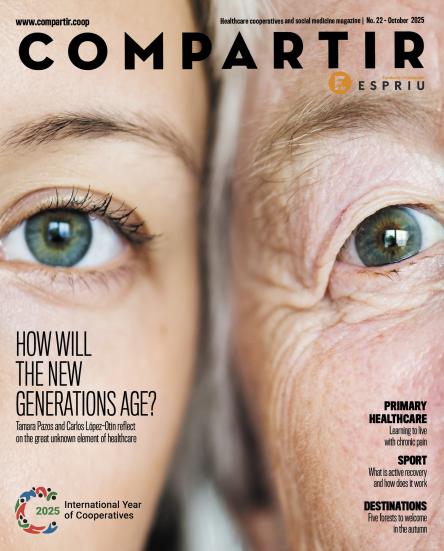
Dialysis: how to adapt your life after a diagnosis of kidney failure
What does dialysis involve? We examine how it works and how to live with a chronic disease such as kidney failure.
Chronic kidney disease (CKD) is the progressive and irreversible loss of kidney function. In other words, the kidneys stop working and need external assistance, such as dialysis. High levels of creatinine and urea in the blood are indicators that the kidneys are not removing toxins properly. These abnormalities in blood tests, together with a decrease in urine volume, can be evidence of CKD. In Spain, CKD affects 50,000 people.
The main causes of CKD are diabetes and high blood pressure, as poor control of these conditions impacts the ability of our kidneys to filter.
When is dialysis necessary?
Dialysis is a procedure used as a treatment for people with kidney failure, i.e. end-stage renal disease. According to the American Kidney Fund, the purpose of this treatment is to cleanse the blood by removing waste and excess fluid.
Living with kidney failure
The diagnosis of a chronic disease such as CKD can lead to sadness, fear, anger, which is common as an initial reaction. In some cases, it can lead to stress, anxiety and depression. For all these reasons, it is very important to have adequate support from the medical team in the process of accepting this diagnosis.
Being diagnosed at an early stage of the disease is crucial in order to be able to act appropriately and delay severe kidney failure as much as possible.
Tips for coping with diagnosis
Ultimately, receiving a diagnosis of chronic kidney failure is often challenging, especially when kidney damage is severe and requires treatment such as dialysis. Once dialysis is started, it must be continued for life, unless you undergo a kidney transplant.




